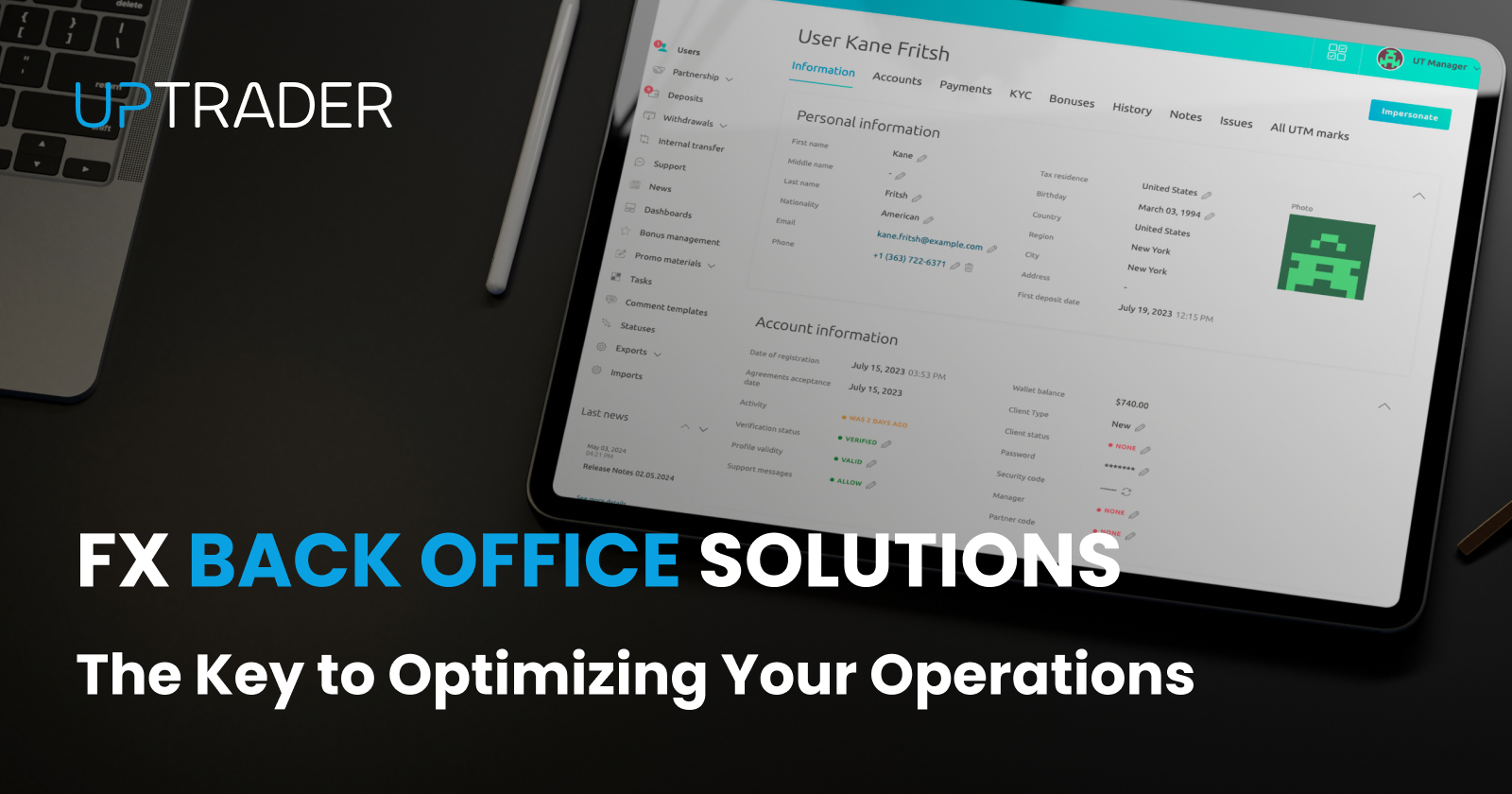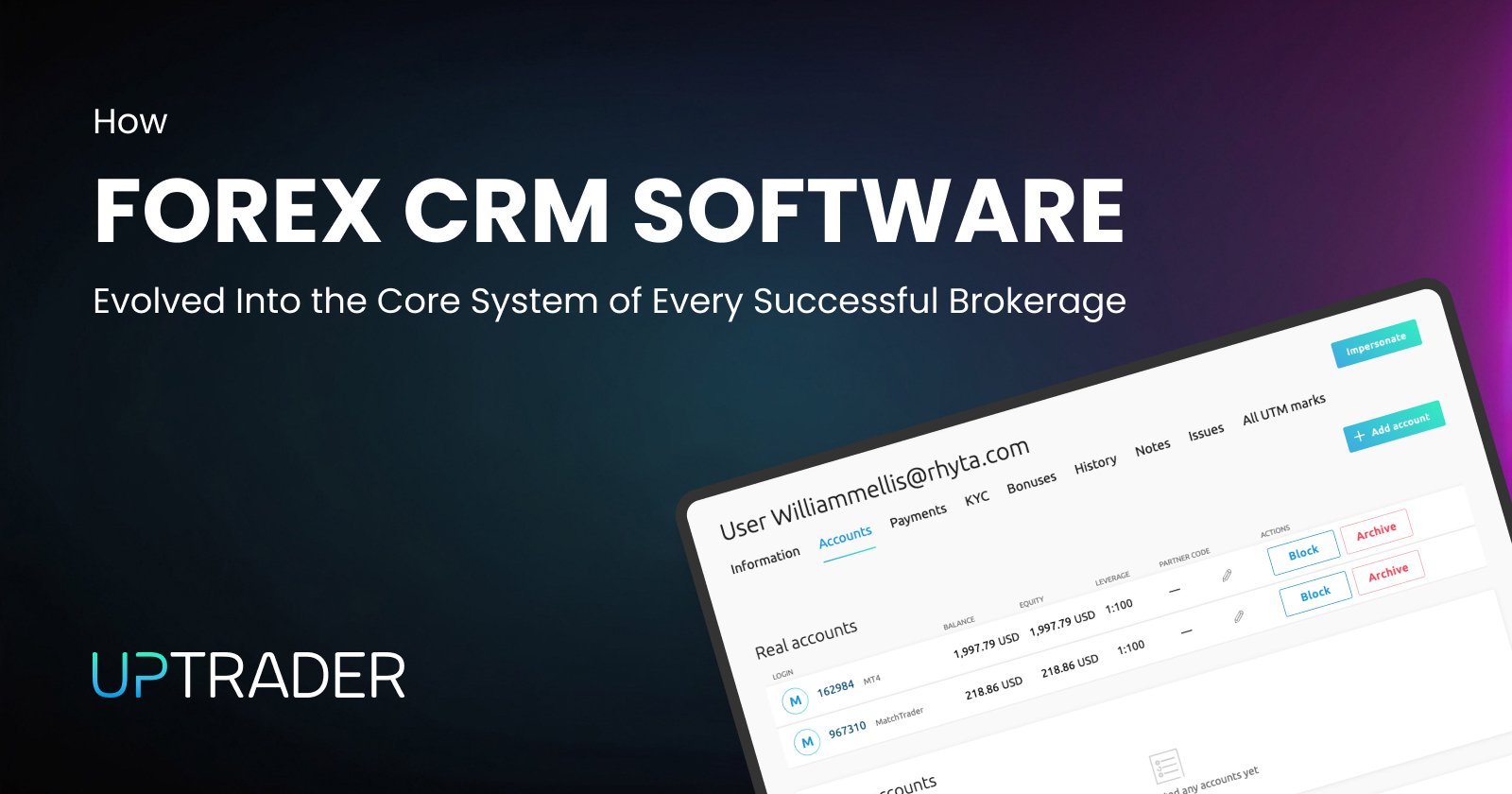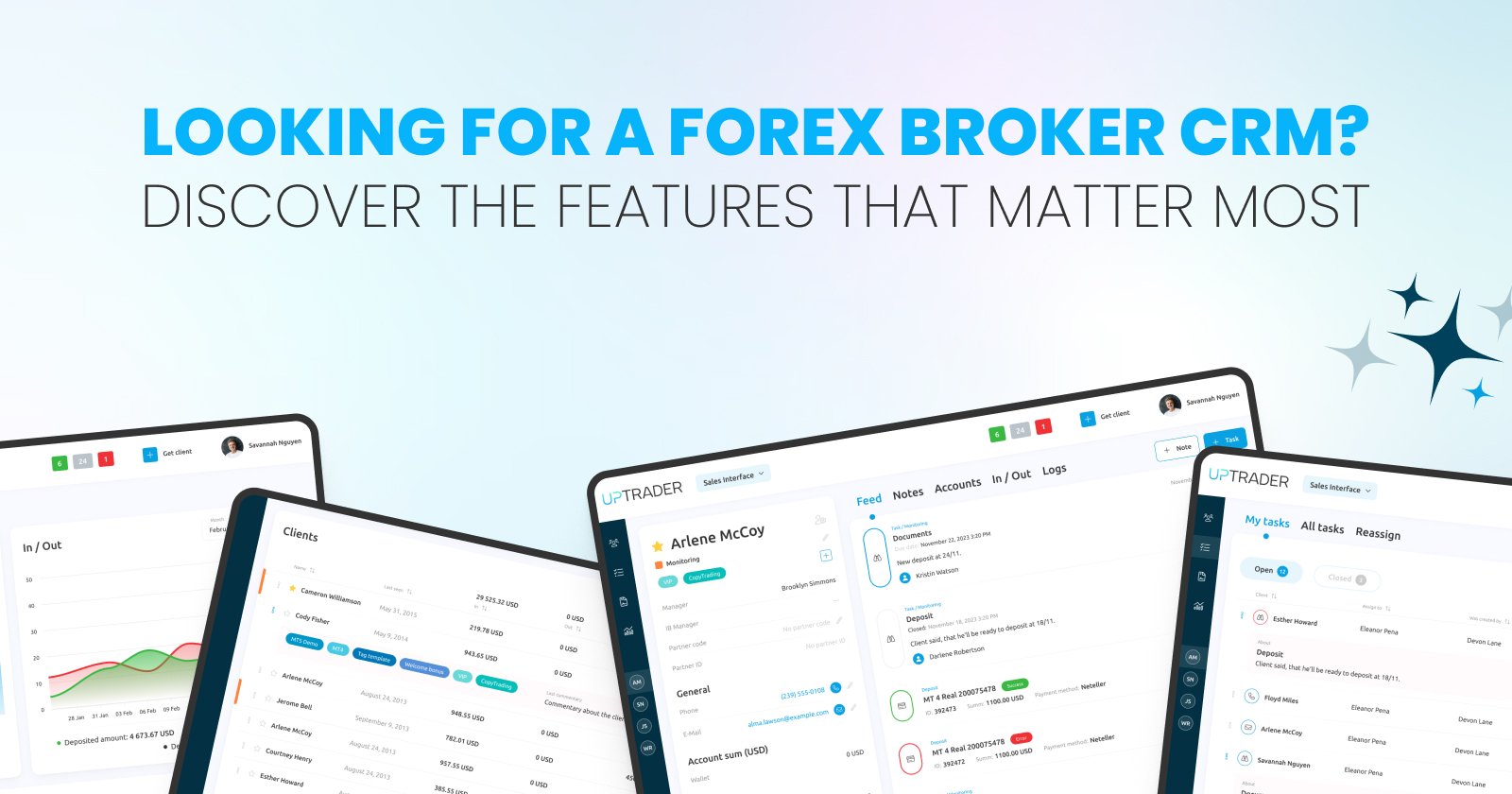FX Back Office Solutions: The Key to Optimizing Your Operations

Share this publication:
What is an FX Back Office Solution?
In forex trading, back-office operations ensure that your business processes are running efficiently.
An FX back office solution is a software platform designed to automate various administrative and operational tasks associated with foreign exchange (forex) trading.
Forex back office software refers to the systems and applications that handle a brokerage’s non-client-facing operations. It enables you to optimize your operations, mitigate risks, and enhance overall efficiency. These solutions eliminate the need for manual work and reduce the potential for errors.
The Role of FX Back Office in the Forex Trading Industry
The forex trading industry is a fast-paced environment, where even the smallest of delays or errors can be damaging.
Here's a closer look at the important functions the back office performs:
- Trade Processing and Confirmation: The FX back office is responsible for processing and confirming trades (These trades can be clients’ trades or automated systems). This includes verifying trade details, generating confirmations, and ensuring accurate record-keeping.
- Settlement and Reconciliation: Once trades are executed, the back office ensures that the funds transferred between counterparties and accounts are reconciled accurately. This involves coordinating with banks, brokers, or any other individuals involved.
- Risk Management: The back office plays a crucial role in monitoring and mitigating various risks, such as credit risk, market risk, and operational risk. This involves implementing risk management frameworks, setting limits, and generating risk reports.
- Regulatory Compliance: The forex industry has numerous regulations and reporting requirements. The back office ensures compliance with these regulations and adhering to anti-money laundering (AML) and know-your-customer (KYC) guidelines.
- Accounting and Reporting: The back office is responsible for creating accurate accounting records, generating financial reports, and providing valuable insights into the company's financial performance and trading activities.
Benefits of Using an FX Back Office Solution
Implementing an FX back office solution can provide your trading corporation with many benefits, enabling you to optimize your operations and enhance overall efficiency.
Here are some of the key advantages:
- Increased Operational Efficiency: By automating various back-office processes, an FX back-office solution significantly improves operational efficiency. Tasks that are time-consuming and prone to errors can now be handled easily, reducing the risk of any “human error”.
- Enhanced Risk Management: Effective risk management is crucial in the forex market. An FX back office solution provides tools to monitor and mitigate various risks. This includes setting limits, generating risk reports, and implementing comprehensive risk management strategies.
- Improved Regulatory Compliance: Following regulatory requirements is essential for forex trading corporations. An FX back office solution minimizes the risk of non-compliance with these requirements.
- Accurate Reporting and Analytics: With an FX back office solution, you can generate comprehensive reports and gain valuable insights into your trading activities. This data helps you in making informed decisions and identify areas for improvement.
- Scalability and Flexibility: As your forex trading corporation grows, an FX back office solution can easily scale with increasing trade volumes and operational complexity. Its flexible design allows for easy integration with other systems and with time new features can be added to these solutions as well.
Choosing the Right FX Back Office Software for Your Business
With a wide range of solutions available in the market, it's essential to evaluate your requirements and choose one that aligns with your business needs.
Here are some key factors to consider when choosing an FX back office software:
- Integration Capabilities: Your FX back office software should be integrated with various systems used within your organization, such as trading platforms, execution systems, risk management tools, etc. Evaluate these features and APIs offered by the software to ensure smooth data exchange and system communication.
- Security and Access Control: Data security and access control are essential in the forex industry. Evaluate the security measures implemented by the FX back office software, including role-based access control, data encryption, secure communication protocols, and audit trails. Ensure that the software meets industry-standard security certifications.
- User Experience and Support: A user-friendly interface can significantly enhance the adoption and utilization of the FX back office software within your organization. Consider the software's ease of use, training resources, and the level of technical support provided by the vendor.
- Cost-effectiveness: While investing in these solutions it's crucial to evaluate the overall cost-effectiveness of the solution. Consider factors such as licensing fees, implementation costs, ongoing maintenance, and potential cost savings through process optimization and automation.
Enhancing Operational Optimization with an FX Back Office Solution
In the highly competitive forex trading industry, operational optimization is essential for maintaining a competitive edge and ensuring long-term success.
Here's how an FX back office solution can contribute to operational optimization:
Process Automation and Streamlining:
You can automate those manual tasks that often lead to human errors. Doing this not only cuts down on mistakes but also enhances overall efficiency.
Streamlining workflows is another key step—this means getting rid of trade processing, settlements, etc. Plus, integrating different systems and data sources helps ensure that information flows easily.
Risk Management and Compliance:
To keep things running smoothly and safely, you need to set up strong risk management systems. This way the solution enforces limits and gives instant alerts if something goes wrong.
You also need to create detailed reports to stay compliant with regulations. Following anti-money laundering (AML) and know-your-customer (KYC) rules is key to making sure all legal requirements are met.
Data Management and Analytics
You should gather all your trade, settlement, and accounting data in one safe place. This will help you keep track of everything more easily. Make sure to check and clean up the data to ensure it's accurate.
Once the data is in good shape, you can create custom reports to help you make smarter decisions. Using advanced analytics tools will also give you useful insights and highlight areas where you can improve.
Scalability and Flexibility:
As your business grows and you handle more trades and complex operations, you'll need to accommodate those increasing demands. It’s important to easily integrate new features and adjust to shifting market conditions and regulations.
A modular design and flexible architecture will make expansion and customization easy, so you can adapt smoothly as your needs change.
Client Satisfaction and Reputation:
To keep your clients happy, focus on providing seamless and timely services with efficient trade execution, settlement, and reporting.
Building a solid reputation for reliability will go a long way. Make sure you’re transparent and accurate in your reporting to ensure trust and loyalty with your clients.
Conclusion and Final Thoughts
Operational efficiency and regulatory compliance are the keys to success. An FX back office solution allows your business to run a lot more efficiently and ultimately reduces the risk of loss of revenue or compliance issues.
By implementing an FX back office solution, you can automate and integrate various administrative and operational tasks, such as trade processing, settlement, reconciliation, risk management, and regulatory compliance.
If you are willing to give the UpTrader FX Back office a try or make use of other resources provided by us (such as top-of-the-line Forex CRM) then talk to a consultant on our site to get started today.







